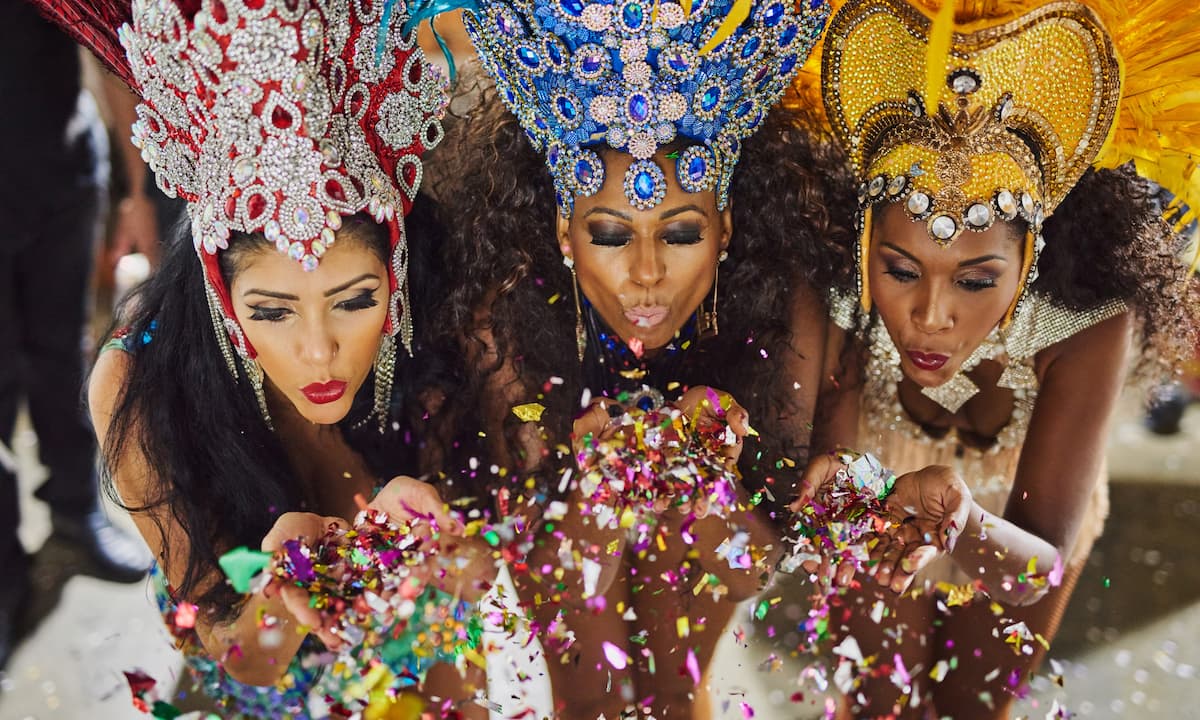Get ready to fall in love with Dominica (pronounced “Dom-in-eek-a”)—a jaw-dropping island of volcanic magic nestled between Guadeloupe and Martinique in the Eastern Caribbean, at 15°N, 61°W. This isn’t just any island; it’s the largest and most rugged of the Windward Islands, stretching 29 miles long and 16 miles wide across 289.5 sq. miles (754 sq. km) of pure wonder. Officially the Commonwealth of Dominica (not to be confused with the Dominican Republic), this is where your medical journey meets a once-in-a-lifetime adventure!
Picture this: lush peaks soaring nearly 5,000 ft., underwater volcanic craters with sheer drop-offs, and a vibrant culture that’ll steal your heart. Dominica, home to 71,727 people (2003 stats), buzzes with life in its capital, Roseau (pronounced ‘Ro-zo’), where 20,000 locals live on the southwest coast. English is the official language, but you’ll hear the rhythmic French-based Creole (kwéyòl) echoing through villages—a perfect chance to pick up a new phrase or two!
Dominica isn’t called the “Nature Island” for nothing. It’s a paradise for thrill-seekers and nature lovers alike. Dive into some of the Caribbean’s best underwater worlds, spot whales and dolphins on a boat tour, or hike through pristine rainforests in Morne Trois Pitons National Park—the first UNESCO World Heritage Site in the eastern Caribbean! Ever heard of the Boiling Lake? It’s the world’s second-largest, a steaming, bubbling marvel heated by volcanic activity below. And yes, this is the island where “Pirates of the Caribbean” was filmed—channel your inner Jack Sparrow as you explore!
For All Saints University students, Dominica is your backyard playground. Swap study breaks for bird watching, rainforest treks, or relaxing by the sea—beaches are great, but Dominica’s for adventurers who crave more! With a population that’s warm and welcoming, you’ll feel right at home. Chat with locals in Roseau’s lively markets, savor Creole flavors, and hop on a mini-bus (look for ‘H’ plates) from the Old Market or West Bridge to explore—fares are government-set, so it’s budget-friendly.
Quick Tips: Electricity runs at 220/240 volts, 50 cycles, and the water’s safe to drink. Planning to bring back flowers? You’ll need a license, as importing/exporting fruits, veggies, and flowers is restricted.
Dominica is where the world feels unspoiled—raw, real, and ready for you to explore. Study medicine at All Saints University and live in a place that’ll take your breath away every single day. Ready to dive in? Your adventure starts here!

Dominica’s Carnival is an explosion of music, color, and culture, held annually before Lent. Featuring calypso competitions, pageants, and two days of energetic street jump-up, it’s one of the most exciting times of the year.
In October, the World Creole Music Festival (WCMF) brings global artists to Dominica, celebrating zouk, reggae, soca, and more. Leading up to WCMF, Creole in the Park offers daytime performances, food, and local crafts in a relaxed setting.
November’s Independence Festival highlights Dominica’s rich heritage with Jounen Kwéyòl (Creole Day), parades, and traditional foods. In August, Emancipation Day honors the island’s African heritage through drumming, storytelling, and cultural performances.
Dominica’s history blends Indigenous Kalinago roots, French and British influences, and African traditions. The island’s French Patois and Cocoy dialects reflect its diverse past. Explore historic sites like The Cabrits National Park, Scott’s Head, and The Old Mill Cultural Centre, or visit The Dominica Museum in Roseau to dive deeper into the island’s past.
From Carnival’s high-energy celebrations to Creole cuisine and scenic hikes, Dominica offers an authentic cultural adventure you won’t forget.
All Saints University Student Government Association is a great way to get involved and show school spirit! The Student Council stands for the needs of the students and works hard to ensure that the time spent on the island is an enjoyable one! From planning frosh events, formals, grad parties or community events such as blood pressure clinics and food drives, the student council is always on the go!
The Library supports teaching and learning and it contains tens of thousands of easily accessible journal articles, medical texts, research and instructional materials and computers. Individual cubicle study areas are also provided inside the library and are designated as “Quiet Study Area”, away from the “Group Study Hall”.
My time at this great institution is embellished with memories that will stay imprinted in my mind. I can lucidly state that every moment spent at All Saints University has shaped me into a better person, intellectually and professionally. I would like to use this special moment to thank everyone for their support, including my family, mentors, friends, and acquaintances who assisted me at every step of this journey. As commonly stated with reference to Helen Keller, “optimism is the faith that leads to achievement, and nothing can be done without hope and confidence”. I implore my junior colleagues to be steadfast as they embark on this journey to actualize their goals.